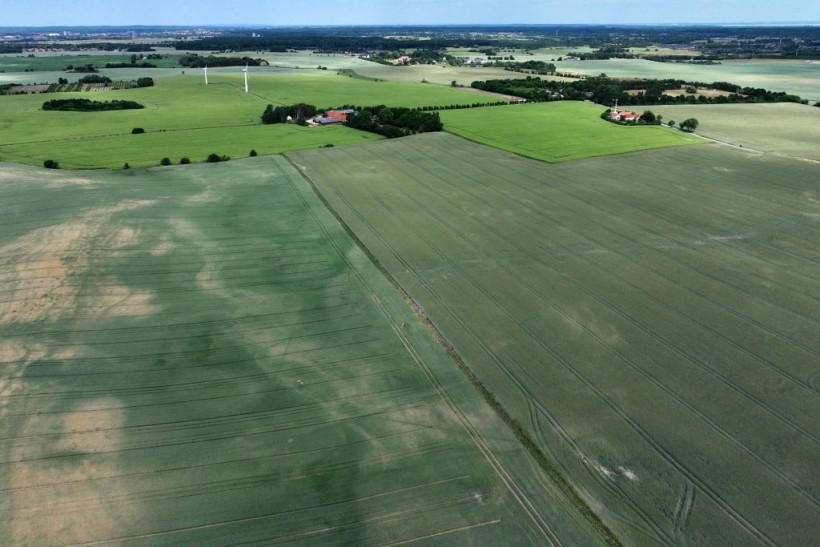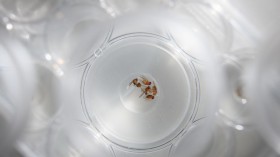Farmers and government water resource managers in the southeastern US face a daunting challenge: how to grow enough food for a growing population while coping with the effects of climate change.
A new computer model developed by North Carolina State University and Manchester Metropolitan University researchers may help them make informed decisions about crop selection and irrigation techniques.
How the model works and what it predicts
 (Photo : SERGEI GAPON/AFP via Getty Images)
(Photo : SERGEI GAPON/AFP via Getty Images)

The model, called the regional hydroeconomic optimization modeling framework (RHEO), draws on a host of data to forecast yield for four key crops in the southeastern US: cotton, corn, sorghum, and soybeans, as per Phys.org.
The data include long-term and seasonal rainfall forecasts, groundwater level data, soil characteristics, water consumption of each crop, irrigation costs, crop prices, and crop production budgets.
The model uses these data to predict each crop's yield per unit area on a county-level basis. It also predicts each crop's irrigation costs and profits and strategy.
According to the study, the model can compare different scenarios of climate change, water availability, and crop demand to help farmers and water managers optimize their decisions.
The researchers demonstrated the utility of the model by applying it to 31 years' worth of historical data from 21 counties in southwestern Georgia.
They found that the model was able to capture the variability in crop yields and identify irrigation strategies that would reduce costs and increase profits.
Also Read: Insect Pests Attacking Crops Are Developing Resistance to Biopesticides
How the model can help farmers and water managers adapt to climate change
The researchers said that the model can help farmers and water managers adapt to climate change by providing them with reliable information on how different crops and irrigation techniques perform under different conditions, as per EPA.
They say that climate change is expected to cause significant fluctuations in rainfall amounts and patterns in the southeastern US, leading to more periods of drought and flooding.
This will affect crop yields and water availability.
The model can help farmers and water managers plan ahead and adjust their practices accordingly.
For example, they can choose crops that are more resilient to drought or heat stress, or use deficit irrigation strategies that reduce water use but maintain yield.
It can also help farmers and water managers evaluate trade-offs between economic and environmental objectives.
For example, they can balance the benefits of increasing crop production with the costs of pumping groundwater or emitting greenhouse gases.
Furthermore, the model is said to be flexible and scalable, and can be applied to other regions and crops with appropriate data.
Other effects of climate change on agriculture
The researchers also highlighted some other effects of climate change on agriculture that go beyond crop yields and water use. Some of these effects are:
- Climate change may alter the distribution and migration patterns of pests, diseases, weeds, and invasive species that affect crops. This may increase crop losses or require more use of pesticides or herbicides.
- It may affect the quality and nutritional value of crops by influencing factors such as protein content, starch content, vitamin content, flavor, color, texture, and shelf life. This may affect consumer preferences or market prices.
- Climate change may affect food security and food safety by influencing factors such as food availability, food accessibility, food utilization, food stability, food spoilage, food contamination, and foodborne illnesses. This may affect human health and well-being.
- It may also affect social and economic aspects of agriculture by influencing factors such as farm income, farm employment, farm labor migration, farm insurance, farm subsidies, trade policies, consumer demand, food prices, and poverty. This may affect rural development and livelihoods.
Related article: Gene-edited Crops Helps the World To Ensure People's Food Security
© 2024 NatureWorldNews.com All rights reserved. Do not reproduce without permission.





